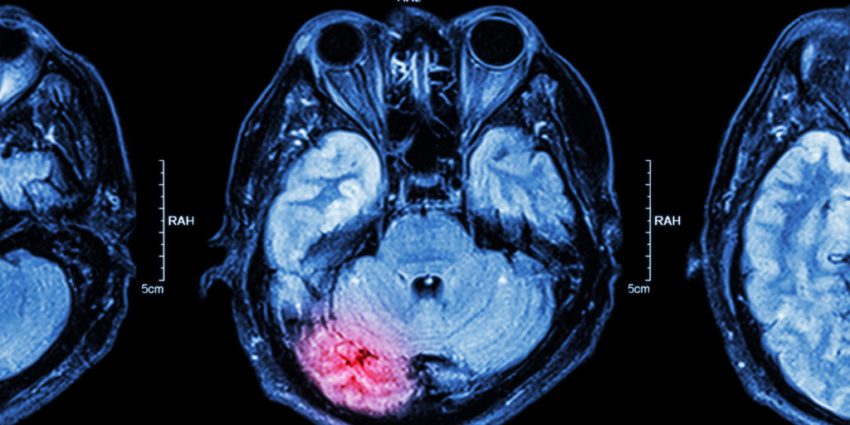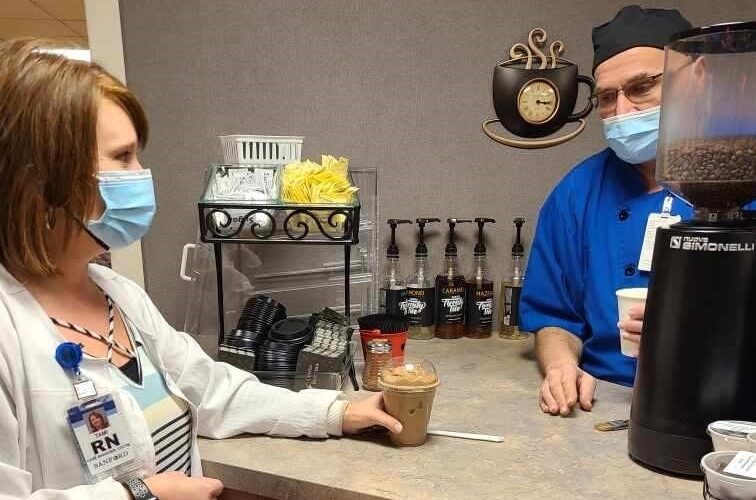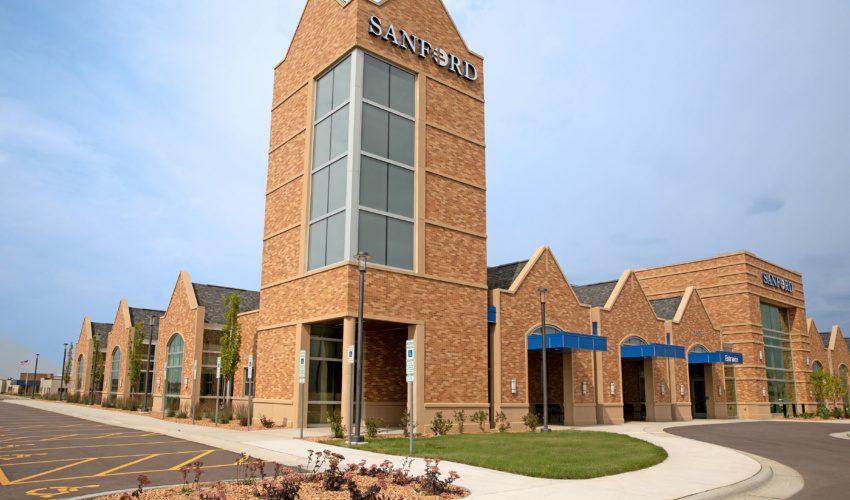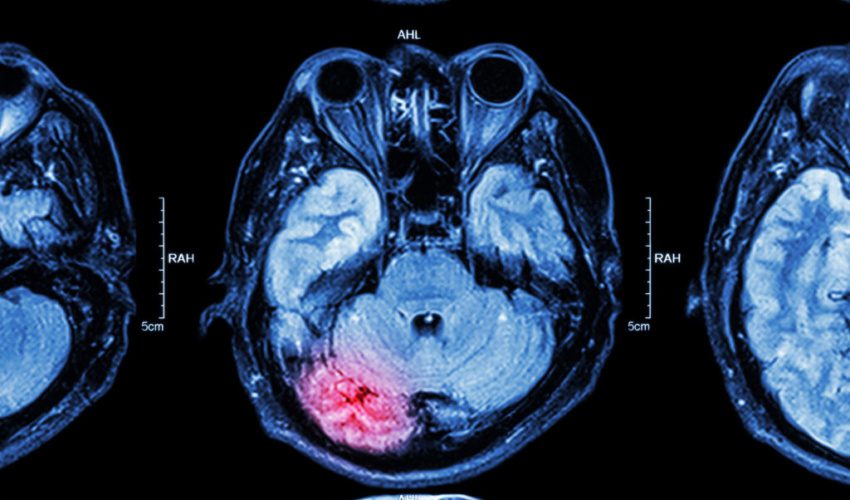Knowing stroke signs key to minimizing damage
May 25, 2018
This piece is presented by Sanford Health.
“Time is ….” Many words complete phrases designed to emphasize the importance of time.
Health care providers have their own similar phrases. And they want you to be aware of one in particular. It stresses the importance of recognizing stroke signs: “Time is brain.”
Sanford Health has the only comprehensive interventional neurology team in the region trained to use devices that enable the retrieval of a stroke blood clot. The specialists making up the team say that a stroke victim starts losing neurons in the brain in as little as five minutes. These neurons are the building blocks of the brain, continually processing activities from thinking to walking. Once neurons start dying, they continue to — at a rate of 2 million per minute. Therefore, early detection is key.
Stroke symptoms
That’s why it’s so important to be aware of potential stroke symptoms, which include:
- Sudden numbness or weakness in the face, arm or leg — especially if affecting one side of the body.
- Sudden confusion or trouble speaking or understanding speech.
- Sudden vision problems in one or both eyes.
- Sudden difficulty walking or dizziness, loss of balance or coordination problems.
- Severe headache with no known cause.
Immediately dial 911 if you notice any of these signs.
What happens during a stroke
A stroke takes place when blood flow to the brain is stopped. The brain needs blood flow to receive the constant supply of oxygen and nutrients it needs.
Stroke is the fifth-leading cause of death in the United States, accounting for 130,000 fatalities annually. Every year, 795,000 Americans suffer a stroke — that’s one every 40 seconds — with someone dying from stroke every four minutes. Stroke is also a leading cause of adult disability and can cause long-term issues with vital body functions as well as cognitive abilities.
Act FAST
Minimizing the effects of stroke involves education and quick recognition and rapid treatment. The National Stroke Association has implemented a campaign to help speed up recognition of symptoms. The Act FAST program is an easy way to remember and identify the most common stroke symptoms:
- F — Face: Ask the person to smile. Does one side of the face droop?
- A — Arms: Ask the person to raise both arms. Does one arm drift downward?
- S — Speech: Ask the person to repeat a simple phrase. Is the speech slurred or strange?
- T — Time: If you observe any of these signs, call 911 immediately.
More
- Learn more about stroke signs and symptoms at sanfordhealth.org/stroke
- Sanford Fargo earns highest level of stroke certification
- Stroke team innovates new procedure to save college student








